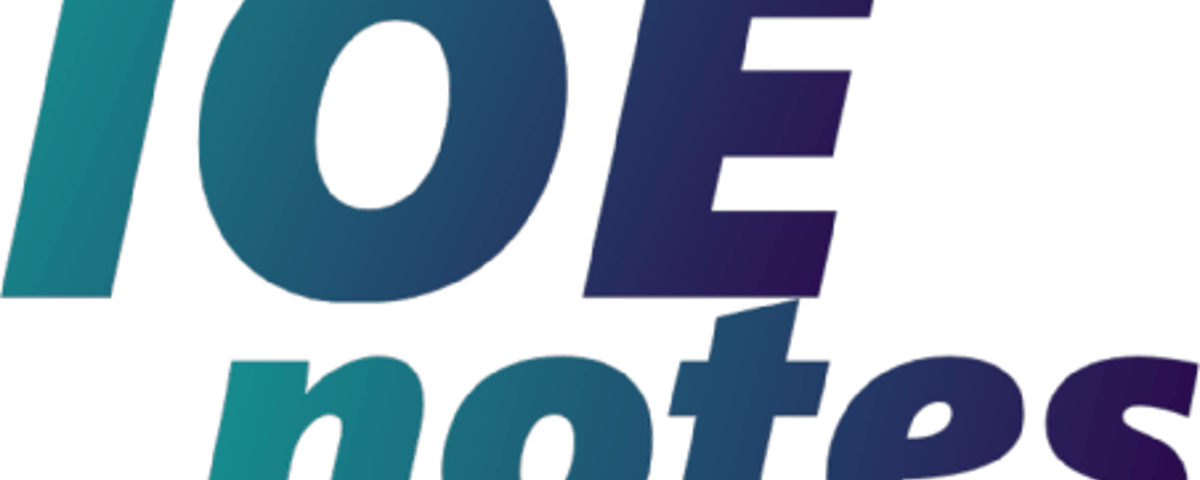|
EE602 |
||||
|
Theory |
: |
3 |
Year |
: III |
|
Tutorial |
: |
1 |
Part |
: I |
|
Practical |
: |
3/2 |
Course Objectives:
To present the basic concepts on analysis and design of control system and to apply these concepts to typical physical processes.
|
1. Control System Background |
(2 hours) |
1.1History of control system and its importance
1.2Control system: Characteristics and Basic features
1.3Types of control system and their comparison
|
2. Component Modeling |
(6 hours) |
2.1Differential equation and transfer function notations
2.2Modeling of Mechanical Components: Mass, spring and damper
2.3Modeling of Electrical components: Inductance, Capacitance, Resistance, DC and AC motor, Transducers and operational amplifiers
2.4Electric circuit analogies (force-voltage analogy and force- current analogy)
2.5Linearized approximations of non-linear characteristics
|
3. System Transfer Function and Responses |
(6 hours) |
3.1Combinations of components to physical systems
3.2Block diagram algebra and system reduction
3.3Signal flow graphs
3.4Time response analysis:
3.4.1Types of test signals (Impulse, step, ramp, parabolic)
3.4.2Time response analysis of first order system
3.4.3Time response analysis of second order system
3.4.4Transient response characteristics
3.5Effect of feedback on steady state gain, bandwidth, error magnitude and system dynamics
|
4. Stability |
(4 hours) |
4.1Introduction of stability and causes of instability
4.2Characteristic equation, root location and stability
4.3Setting loop gain using Routh-Hurwitz criterion
4.4R-H stability criterion
4.5Relative stability from complex plane axis shifting
|
5. Root Locus Technique |
(7 hours) |
5.1Introduction of root locus
5.2Relationship between root loci and time response of systems
5.3Rules for manual calculation and construction of root locus
5.4Analysis and design using root locus concept
5.5Stability analysis using R-H criteria
|
6. Frequency Response Techniques |
(6 hours) |
6.1Frequency domain characterization of the system
6.2Relationship between real and complex frequency response
6.3Bode Plots: Magnitude and phase
6.4Effects of gain and time constant on Bode diagram
6.5Stability from Bode diagram (gain margin and phase margin)
6.6Polar Plot and Nyquist Plot
6.7Stability analysis from Polar and Nyquist plot
|
7. Performance Specifications and Compensation Design |
(10 hours) |
7.1Time domain specification
7.1.1Rise time, Peak time, Delay time, settling time and maximum overshoot
7.1.2Static error co-efficient
7.2Frequency domain specification
7.2.1Gain margin and phase margin
7.3Application of Root locus and frequency response on control system design
7.4Lead, Lag cascade compensation design by Root locus method.
7.5Lead, Lag cascade compensation design by Bode plot method.
7.6PID controllers
|
8. State Space Analysis |
(4 hours) |
8.1Definition of state -space
8.2State space representation of electrical and mechanical system
8.3Conversion from state space to a transfer function.
8.4Conversion from transfer function to state space.
8.5State-transition matrix.
Practical:
1.To study open loop and closed mode for d.c motor and familiarization with different components in D.C motor control module.
2.To determine gain and transfer function of different control system components.
3.To study effects of feedback on gain and time constant for closed loop speed control system and position control system.
4.To determine frequency response of first order and second order system and to get transfer function.
5.Simulation of closed loop speed control system and position control system and verification
References:
1.Ogata, K., “Modern Control Engineering”, Prentice Hall, Latest Edition
2.Gopal. M., “Control Systems: Principles and Design”, TataMcGraw-Hill, Latest Edition.
3.Kuo, B.C., “Automatic Control System”, Prentice Hall, sixth edition.
4.Nagrath & Gopal, “Modern Control Engineering”, New Ages International, Latest Edition
Evaluation scheme:
The question will cover all the chapters of the syllabus. The evaluation scheme will be as indicated in the table below:
|
Unit |
Chapter |
Topics |
Marks |
|
1 |
1, 2 |
all |
16 |
|
2 |
3, 4 |
all |
16 |
|
3 |
5 |
all |
16 |
|
4 |
6, 8 |
all |
16 |
|
5 |
7 |
all |
16 |
|
Total |
80 |


